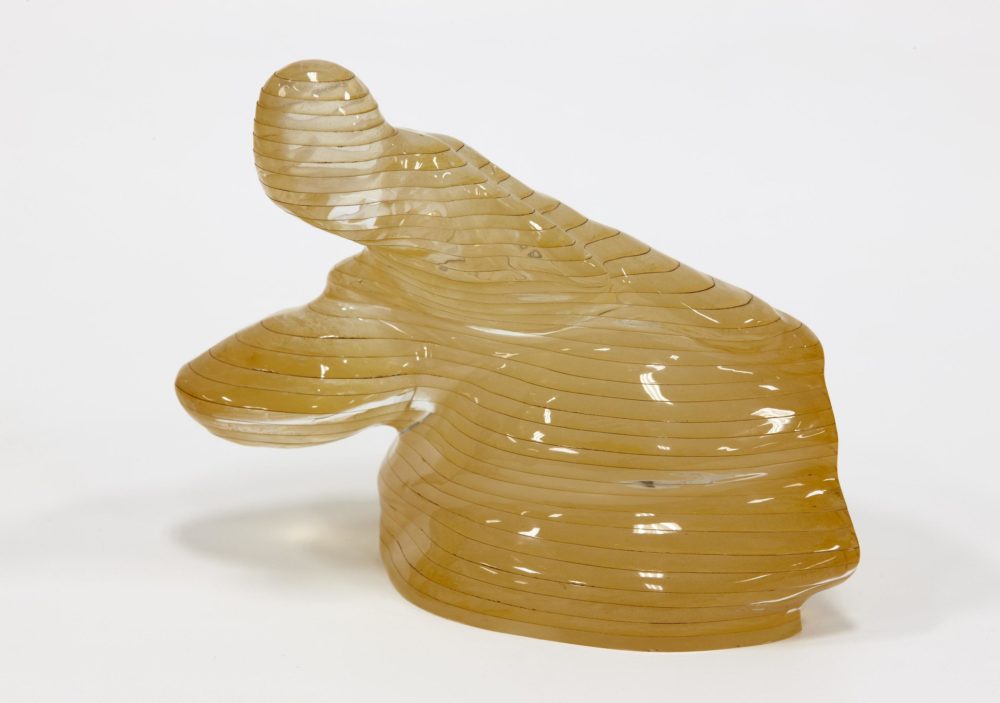
The retrospective “Madrid, October 68. The Spanish experimental scene” portrays the incredible adventure of the University of Madrid’s Computing Center, which brought together artists, architects, engineers, scientists and intellectuals to explore the possibilities offered by automatic computer generated calculation. These pioneers formed a community whose – collective – experience working at the crossroads of art and computing asserted a different form of artistic production between disciplines.
The first computer at the Spanish university made its appearance in 1968, marking the beginning of the Computing Center’s activities. After decades of cultural isolation, artists, architects and musicians began reflecting on the uses of computers within their creative processes. The Computing Center became the most significant space for creative freedom at the end of the dictatorship, thus asserting itself as a collective structure for experimentation, in a context where gathering together “had a special, almost subversive meaning.”
The immunity provided by the seemingly non-ideological aura of technology allowed the Center to unleash unprecedented momentum for Spanish innovation that remained in a continual gestation. Following the double rupture: the collapse of the cultural bloc imposed by the political regime and the erasing of boundaries between different creative fields, new forms of expression and experimentation were unlocked.
By building “bridges between the real world and a totally virtual imaginary world,” the Computing Center opened up writing to broader horizons of experimentation such as music, and visual arts that drew inspiration from the new linguistic theories of Noam Chomsky’s (generative grammars) and Max Bense’s aesthetics of information, as much as the legacy of Spanish experimental poetry.
The exhibition exhaustively displays the historical work of Javier Seguí de la Riva, and forms the necessary corpus to understand the context of the period and the links to works by architects and artists that permanently questioned the cohabitation between the imaginary and experimental. The moving forms of Jose Luis Alexanco, stand alongside the impossible figure of José María Yturralde, dialoguing with the poetry of Ignacio Gómez de Liaño and Guillermo de Searle.
With the work of: José Luis Alexanco, Manuel Barbadillo, Ana Buenaventura, Luis De Pablo, José Miguel de Prada Poole, José Luís Gómez Perale, Ignacio Gómez de Liaño, Luis Garcia Núñez Lugán, Abel Martín, Juan Navarro Baldeweg, Enrique Salamanca, Guillermo Searle, Eusebio Sempere, Francisco Javier Seguí de la Riva, Soledad Sevilla, José María Yturralde
Curators: Mónica García Martinez and Abdelkader Damani
Frac Centre-Val de Loire. 88, rue du Colombier – 45000 Orléans
Image: José Luis Alexanco – Escultura MOUVNT
